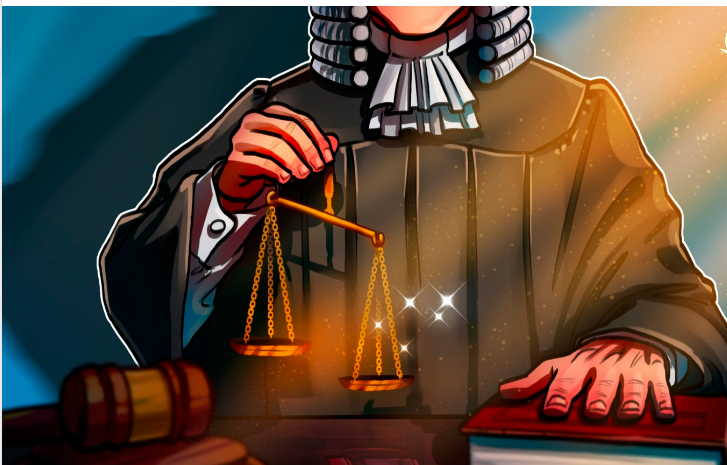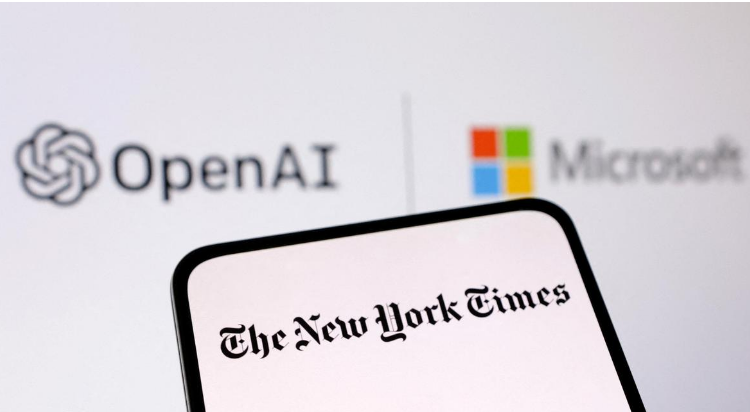In a groundbreaking legal battle, The New York Times (NYT) has taken on tech giants OpenAI and Microsoft, accusing them of copyright infringement in the development of their AI models. This case, emerging at the intersection of artificial intelligence, copyright law, and digital information, is poised to become a watershed moment in the ongoing conversation about AI ethics and the protection of intellectual property.
The Core of the Conflict
The heart of the dispute lies in the NYT’s allegation that OpenAI, with Microsoft’s backing, used content from its vast archives to train their AI models without proper licensing or authorization. This, the NYT argues, constitutes a clear case of copyright infringement. OpenAI, on the other hand, contends that their use of the material falls under the ambit of “fair use,” a defense often invoked to justify limited use of copyrighted material without permission for the purposes like criticism, commentary, and education.

Divergent Viewpoints
The case has elicited a range of responses, with OpenAI labeling the NYT’s claims as baseless and the newspaper’s legal team countering that the AI company’s use of their material is “not fair use by any measure.” This clash underscores the complex legal and ethically AI technology navigates, especially when it is intersecting with content creation and journalism.
Expert Insights
Legal and AI experts are closely monitoring the case, understanding its potential implications for the future of AI regulation and content creators’ rights. Bryan Sterba, a partner at Lowenstein Sandler and member of their AI practice group, emphasizes that OpenAI’s defense hinges on a broad interpretation of “fair use.” This interpretation, though not fully aligned with current laws, is argued as essential for AI’s advancement. Sterba views this as a public policy argument, a perspective mirrored in jurisdictions outside the United States where laws have been adapted to foster AI innovation without hindering progress.
Matthew Kohel, a partner at Saul Ewing, highlights the challenges of applying traditional copyright norms to AI. He points out that while AI can generate new content, it often relies on existing data, including copyrighted works, to learn and develop. This dependency raises questions about where to draw the line between permissible use and infringement in the digital age.
The Larger Implications
This lawsuit extends beyond a mere legal skirmish between a media powerhouse and technology firms. It symbolizes a significant test case in the evolving domain of AI and copyright law. The outcome could set precedents for how AI companies utilize data, impacting creators, publishers, and technology developers alike.
AI Development and Innovation: A ruling favoring OpenAI could encourage more extensive use of existing content to train AI models, potentially accelerating AI development. However, this could also lead to concerns about the unchecked use of copyrighted material.
Content Creators’ Rights: A decision in favor of the NYT could reinforce the rights of content creators, ensuring their works are not used without proper compensation or acknowledgment. This could mean more stringent controls on how AI models access and learn from existing content.
Public Policy and Regulation: The case might prompt lawmakers to revisit copyright laws, considering the unique challenges posed by AI. This could lead to new legislation or amendments designed to balance innovation with the protection of intellectual property.
Industry Standards and Ethical Practices: Regardless of the outcome, this lawsuit is likely to influence industry standards and ethical practices in AI development. It may lead to more transparent and responsible methods of data usage in AI training.
As the legal proceedings unfold, stakeholders across various sectors are watching with keen interest. The case is not just about determining the winner in a legal battle; it’s about shaping the trajectory of AI development and its coexistence with the creative world.
This lawsuit is a clarion call for a deeper dialogue among technologists, legal experts, creators, and policymakers. It highlights the need for a balanced approach that fosters innovation while respecting the rights of content creators. As AI continues to evolve and integrate into various facets of society, such landmark cases will be pivotal in defining the contours of our digital future.
Read More:
- Florida Among the Least Educated States in the US, According to New Survey
- Investigating Brightline’s Safety: NTSB’s Probe into Florida Rail Fatalities
- Migrant Deaths in Rio Grande Intensify Texas and Biden Administration Tensions Over Border Crossings
The NYT vs. OpenAI and Microsoft lawsuit is more than a legal contest; it’s a reflection of our times and the challenges we face at the dawn of a new era in technology and information. Its outcome will have far-reaching implications, setting the tone for how AI will be developed, used, and regulated in the years to come.

